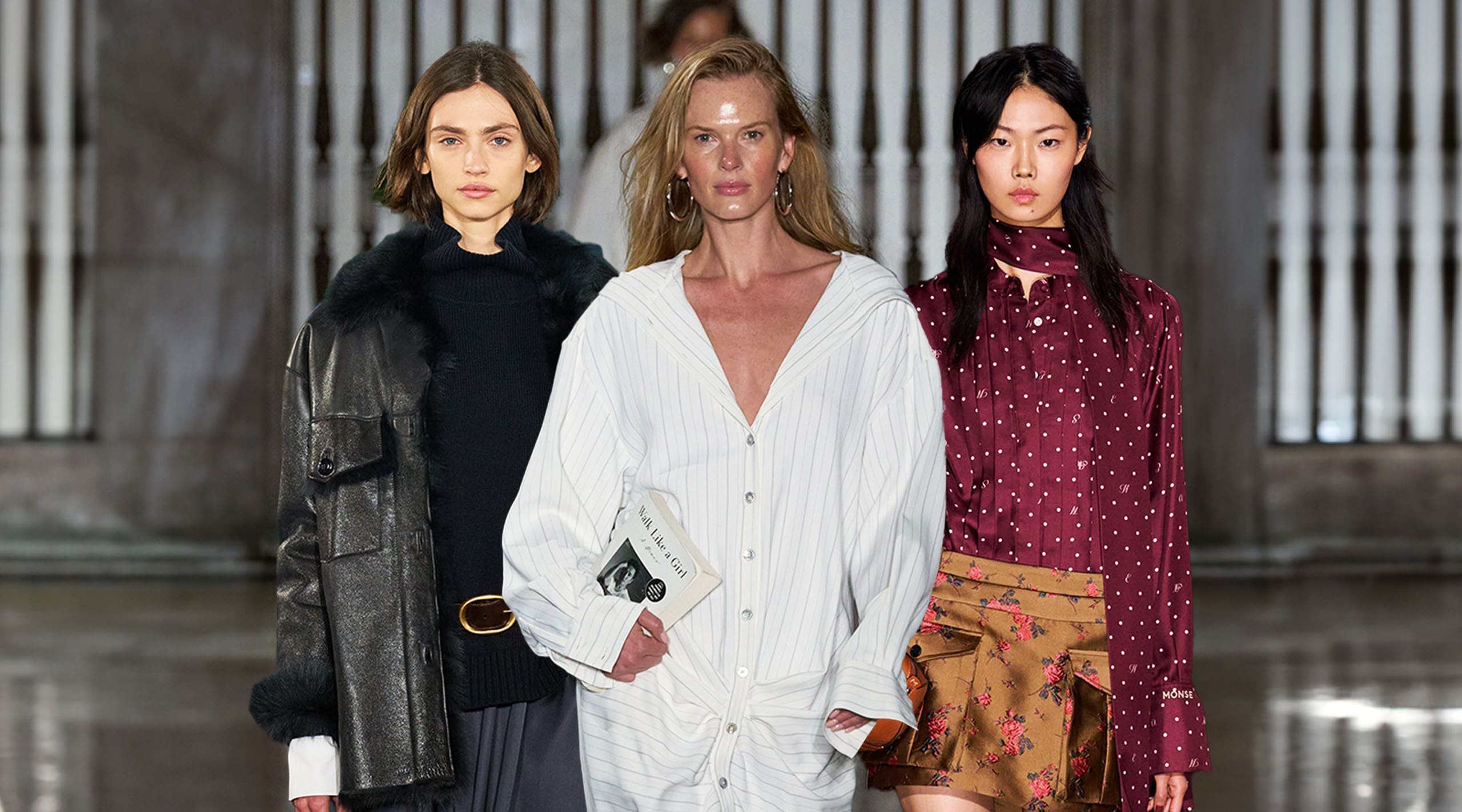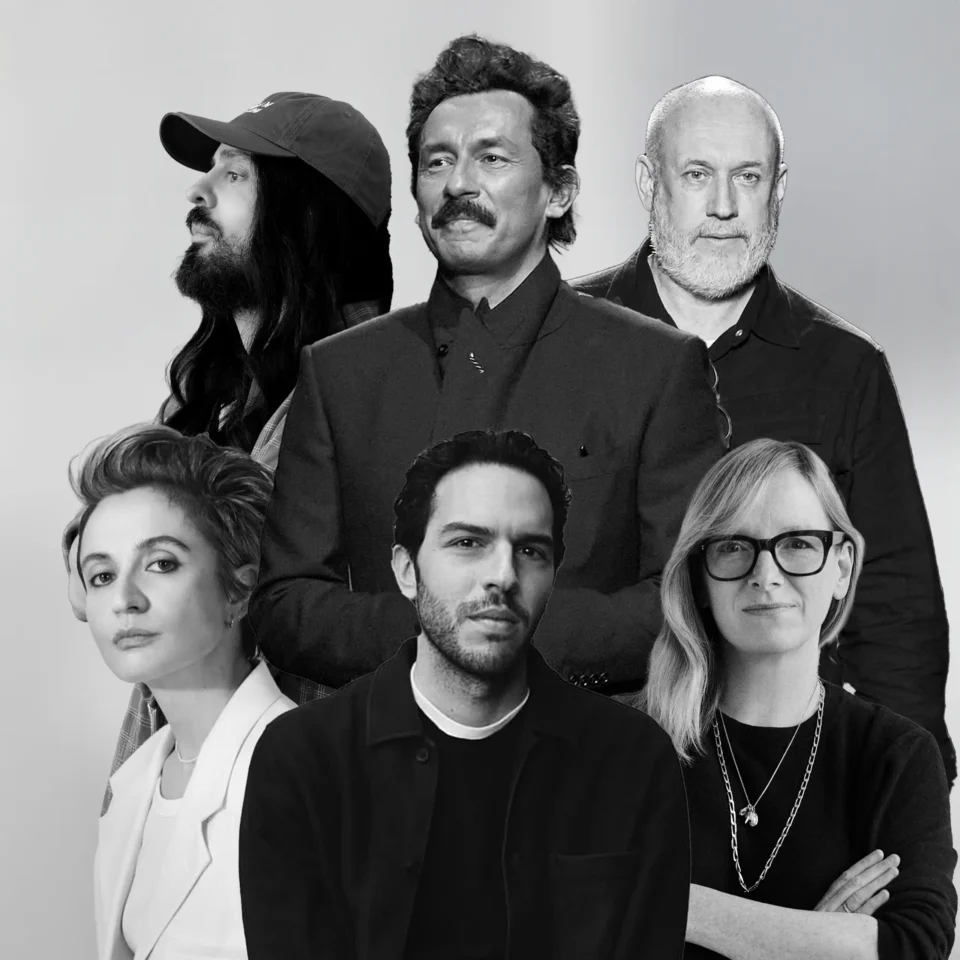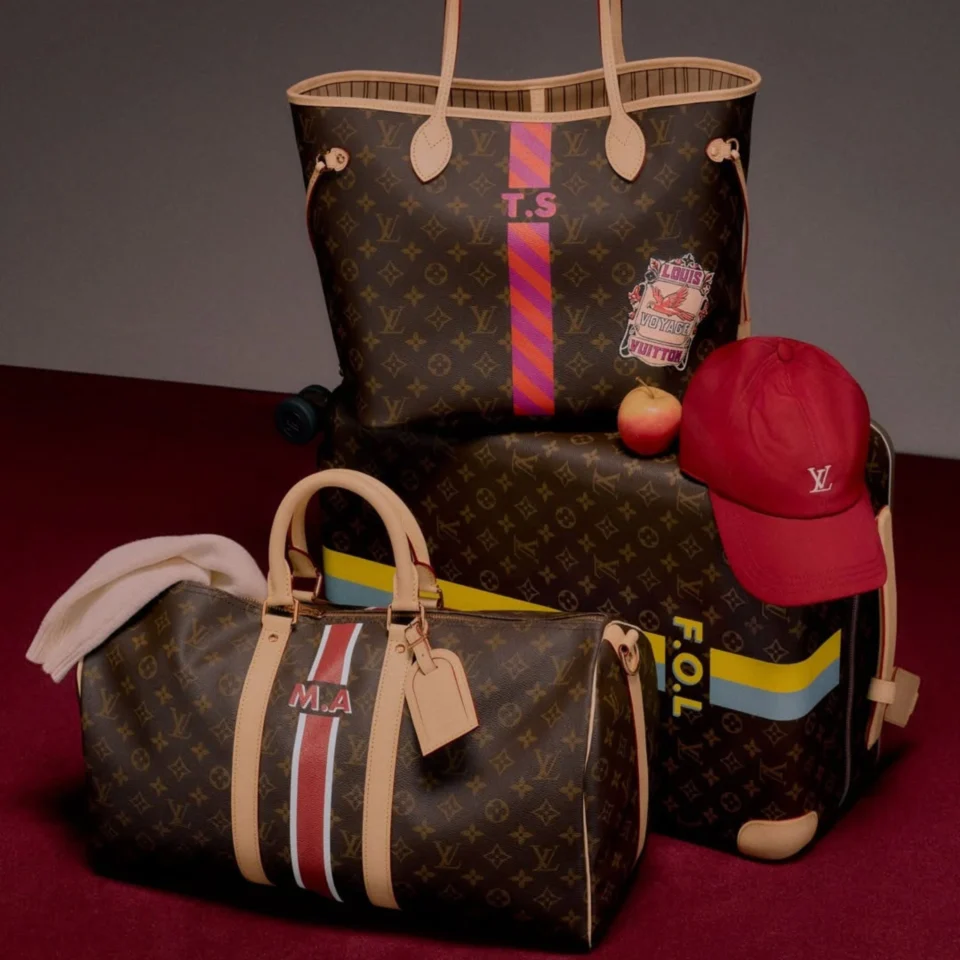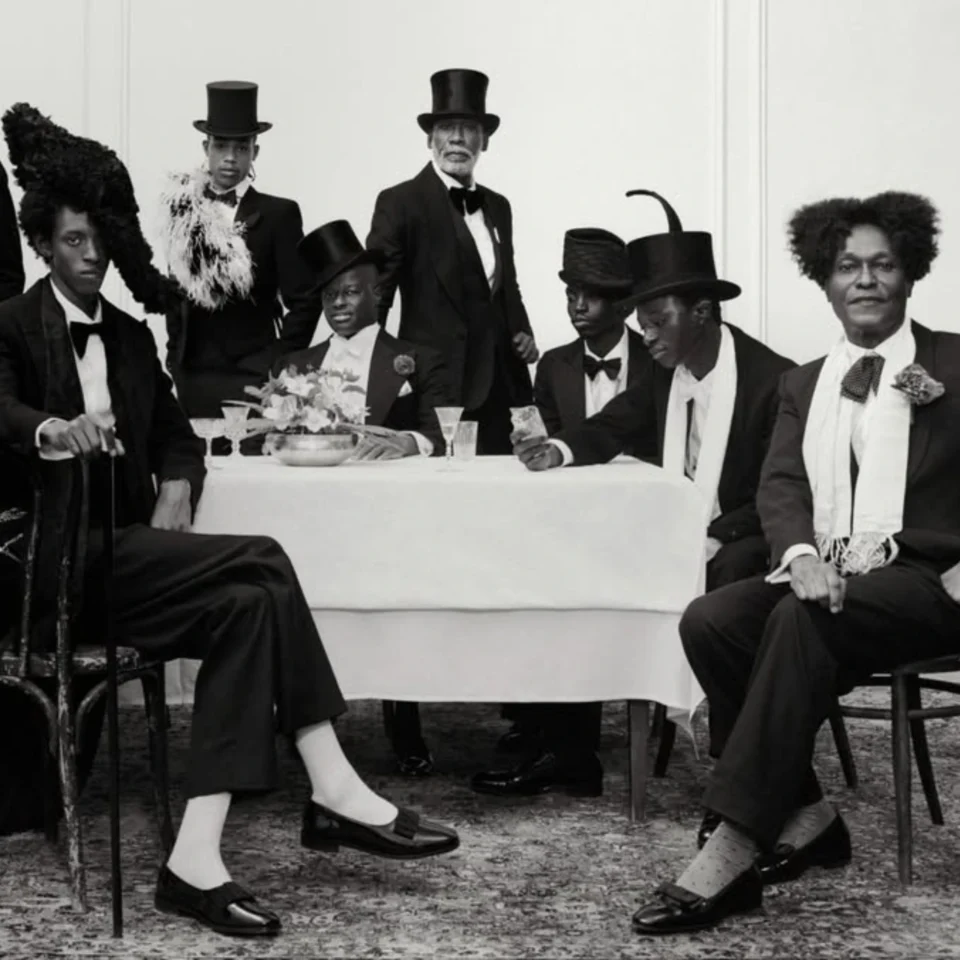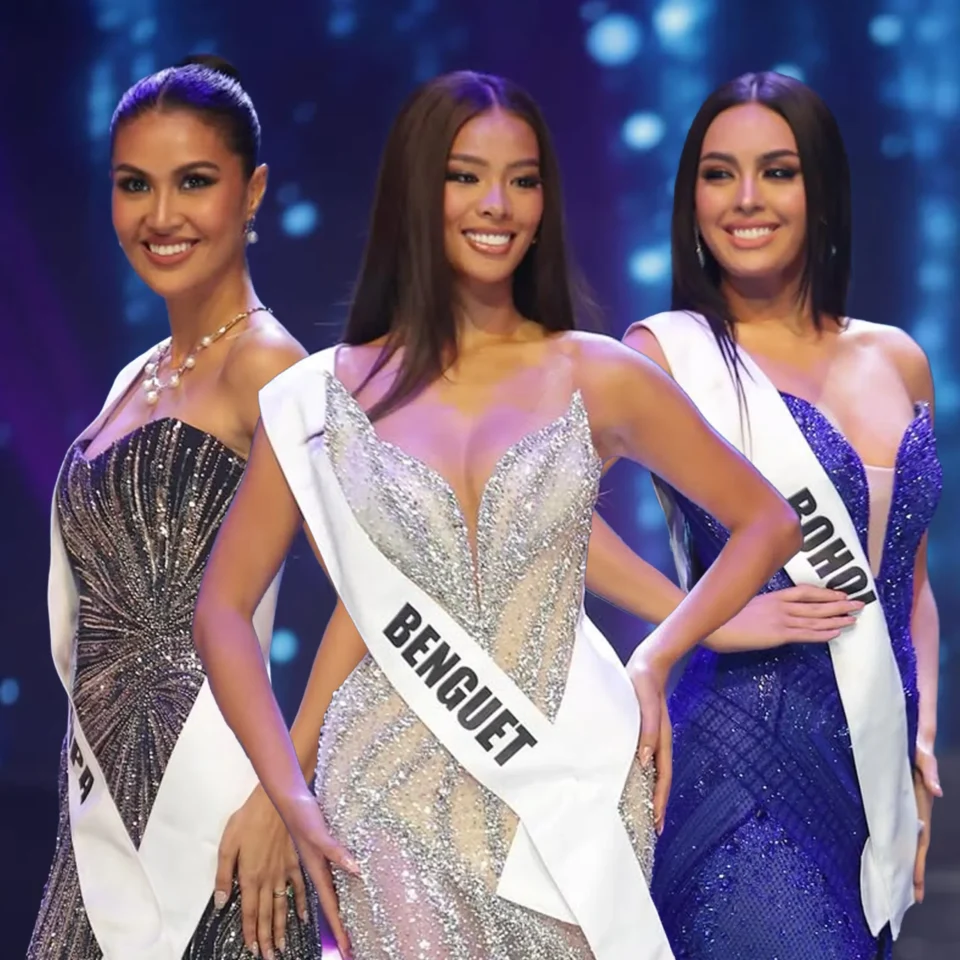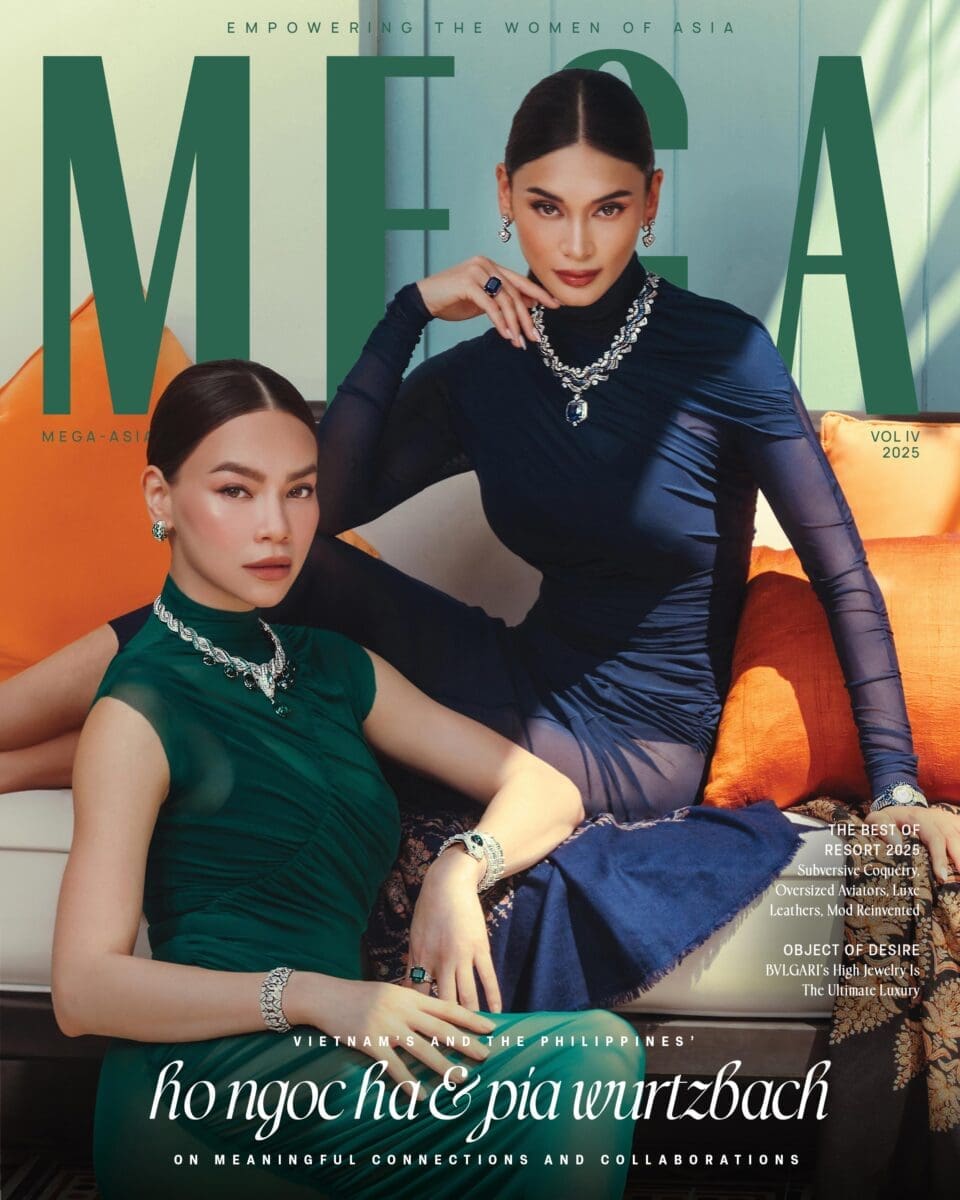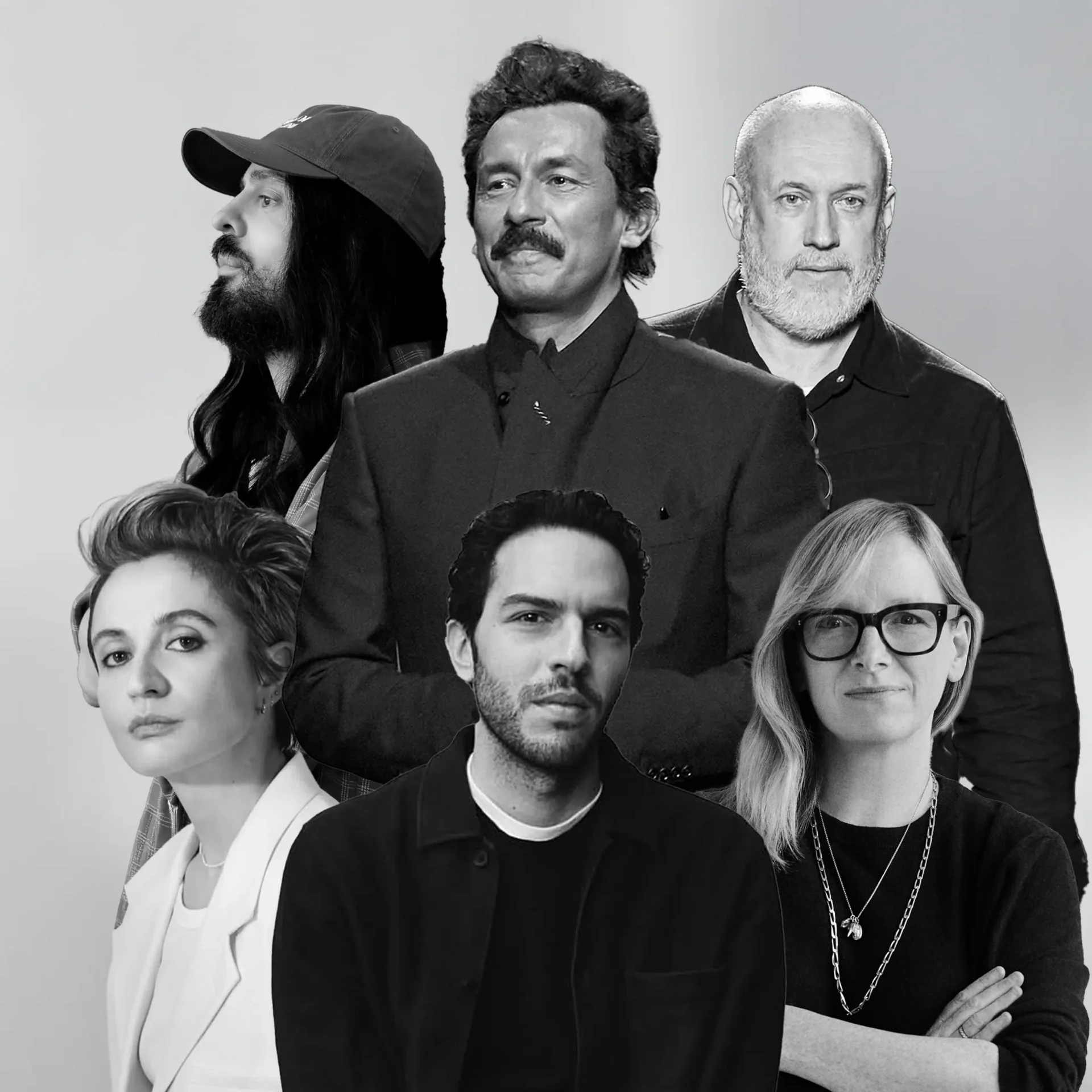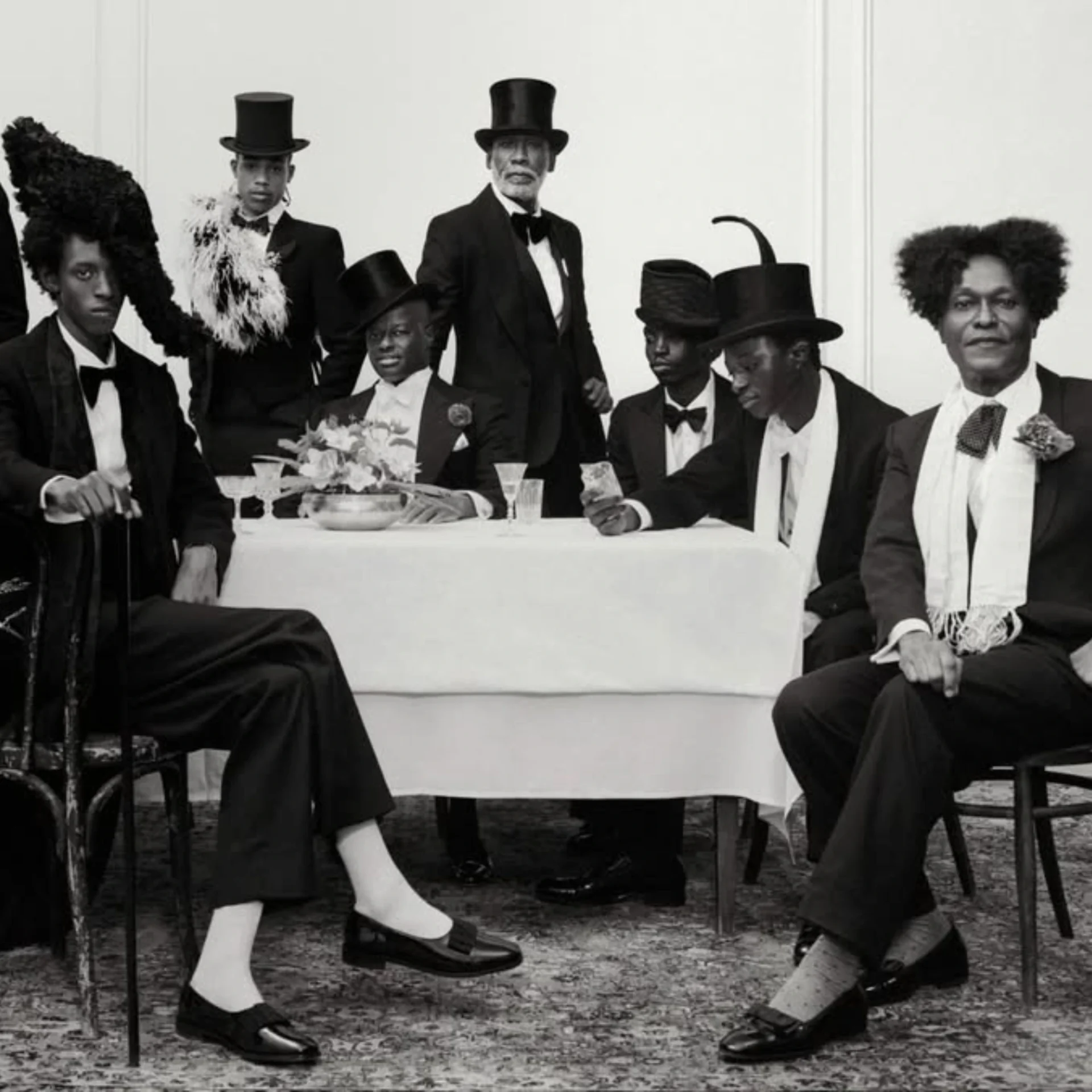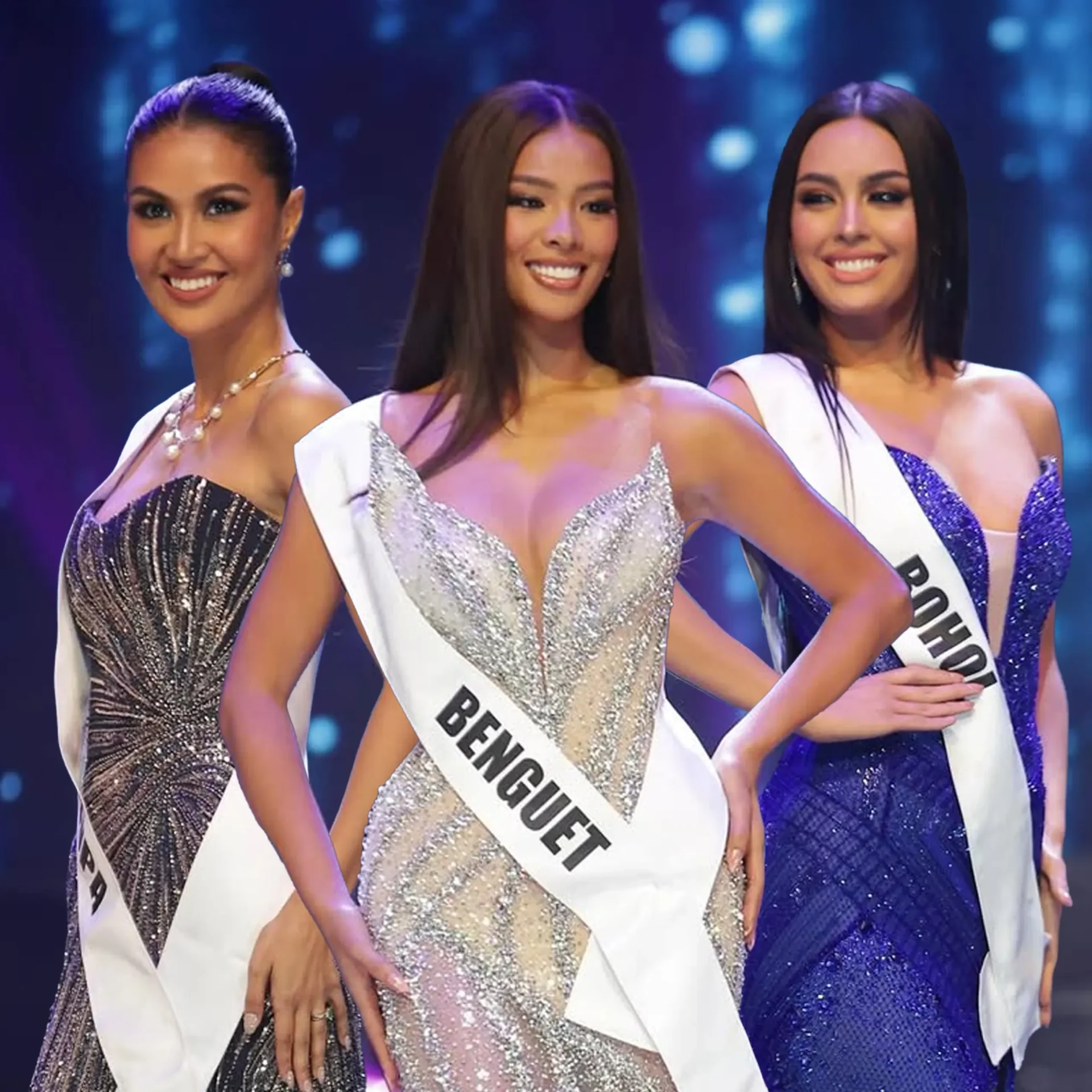Can America do minimalism better? The New York approach is a sophisticated response to fashion’s frenzy
In a city that never sleeps, maximalism was always a sure win. So, it’s curious to see a strong current of minimalism emerge on the runway for New York Fashion Week F/W25. While minimalism often evokes the crisp, controlled aesthetic of European fashion houses—think Parisian cool or the stoic simplicity of Scandinavian design—this season, New York’s showcase is refreshingly tailored to its own context: opulent, glamorous, and surprisingly sophisticated. Michael Kors calls it “opulent minimalism,” and indeed, this reinvention feels more elevated than ever before.
RELATED: Fall/Winter 2025: Did Veronica Leoni Just Make Calvin Klein Desirable for Women Again?

American Minimalism
At the core of this shift is a new, refined interpretation of the American designer’s ethos. Gone are the exaggerated flourishes that once defined the glam of the ’80s and ’90s; now, American designers are focusing on streamlined silhouettes and luxurious, pared-down essentials. But don’t mistake this minimalist turn for restraint. If anything, it’s an exploration of refined glamour in its purest form—an embodiment of sophistication and effortless cool that can only exist in New York.
Tory Burch leans into the idea of ease and comfort while embracing a minimalist ethos. There’s a distinct luxury in the way she takes basic sportswear staples, refining them with luxurious fabrics and meticulous tailoring. Her collection reflects a broader conversation about New York’s interpretation of minimalism—not as a call for austerity but as a rejection of the chaos around us in favor of something grounded, elevated, and undeniably chic.


Then there’s Wes Gordon’s vision for Carolina Herrera, which, at first glance, might seem far from minimalism. However, his approach is rooted in romantic structures and subtle details that prove glamour and simplicity are not mutually exclusive. His vision for the modern woman blends grandiosity with quiet elegance, creating a sense of understated opulence. His minimalist glam captures the New York spirit—a place where high society and grit coexist in perfect harmony.


Meanwhile, Coach taps into New York’s effortless cool. Heritage pieces are deconstructed and refined, bringing a new sophistication to the notion of American “heritage” and “casual” with expertly tailored minimal silhouettes. It begs the question: Is minimalism truly making a comeback among American designers, or is it simply evolving into something more personally nuanced in a time of individualism? If American minimalism is defined by the cool, urbane spirit of New York, then it’s not so much about being quiet or refined as it is about presenting an image that feels polished, yet distinctly effortless.


Stripping Back But Strength
But what exactly makes minimalism in the American context different? Unlike its European counterparts, which often find comfort in rigorous structure and cool neutrality, New York’s minimalism feels more expansive and multifaceted—softer yet richer. The palette, dominated by grays, whites, and blacks, speaks to a city that balances restraint and rebellion. The refined cuts, the precise tailoring, the subtle details that elevate the simplest of garments—all of it serves as an elegant counterpoint to the disarray and discovery of its European rivals.


Minimalism is not a call for austerity in this context; rather, it’s a reclaiming of glamor in its purest form. In an age of anti-quiet luxury, where fashion trends seem to be disappearing into an identity-driven abyss, minimalism provides an anchor. It’s the no-trend trend—the one that speaks to the essence of who we are when we strip everything down to the most essential parts of ourselves, both in fashion and life. And in New York, the elegance of a black dress or tailored blazer suddenly feels like a symbol of personal strength, power, and identity—drenched in cool sophistication.


And yet, in a climate where Europe reigns supreme with its opulent chaos—think Gucci’s Sabato de Sarno’s pause and the disarray of high couture—the question remains: can America do minimalism better? While Europe continues to celebrate its disorder, with collections driven by creative eruptions and cultural dissonance, New York’s version is singular in its simplicity. Perhaps it’s the energy of a city that thrives on contradiction—where luxury is worn with ease and polished sophistication is part of the daily grind—that allows American minimalism to feel so potent.


Against the Noise
In the end, New York’s minimalism isn’t about returning to the past or submitting to a trend. It’s about something deeper—a fight against the noise of an increasingly messy world, asserting one’s presence through timeless elegance and quiet power. It’s a declaration that sophistication, in all its forms, can exist with or without frills.


If New York proves anything, it’s that minimalism is not a one-size-fits-all concept. It’s about individual expression through streamlined, luxurious pieces that evoke more than they show. And this season, American designers are redefining what minimalism can be—not just a style, but an embodiment of self-assurance in a time when personal identity is the ultimate fashion statement.
Photos: CALVIN KLEIN, MICHAEL KORS, CAROLINA HERRERA, COACH, SANDY LIANG, ALTUZZARA, PRABAL GURUNG, ULLA JOHNSON, MONSE, TWP, TANNER FLETCHER, and TORY BURCH

